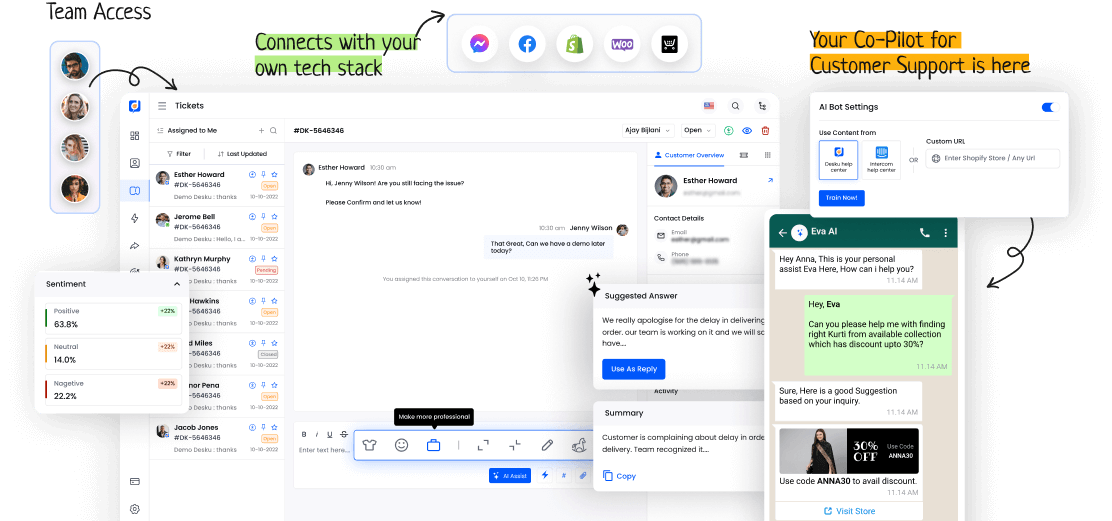What Is A-Law?
A-Law is a vital companding algorithm used in digital audio processing. It boosts the signal-to-noise ratio and optimizes how we hear audio. This algorithm splits the input into quantization levels, which helps preserve details in compressed audio. It is crucial for improving voice quality in telecommunications, ensuring clearer communication over digital networks.
When compared to µ-Law, A-Law offers a better dynamic range, making it ideal for precise audio management. Both algorithms are essential for maintaining top-quality audio in telecommunications.
Grasping A-Law’s role is key in the audio coding and decoding processes, crucial for effective data transmission and improving audio quality. More insights into A-Law’s applications are forthcoming.
I. Understanding A-Law Concept
A-law, also known as the A-law algorithm, is a key companding algorithm in digital audio encoding and decoding. It maximizes the signal-to-noise ratio.
To understand A-law, it’s essential to recognize its function in handling audio signals. It works by breaking the input dynamic range into different quantization levels. This division enables a more effective representation of audio signals, particularly when the dynamic range is large.
A-law plays a crucial role in maintaining important audio details while compressing the signal efficiently. By learning how A-law adjusts quantization levels and handles dynamic range, one gains insight into its importance in improving the quality of digital audio transmission and storage.
II. Application of A-Law in Telecommunications
The integration of the A-law algorithm has transformed how telecommunications systems handle audio signals. A-law is key in audio compression, signal processing, and digital transmission across telecom standards. This encoding improves voice quality, ensuring clearer communication over digital networks.
It converts analog voice signals into digital data efficiently. A-law compression reduces bandwidth needs but keeps audio quality high, perfect for various telecom uses. Its role in telecommunications infrastructure optimizes data transfer and enhances voice communication.
A-law is vital for maintaining excellent voice quality and efficient digital transmission in modern telecommunications.
III. Comparing A-Law and µ-Law Compression”
When considering audio compression in telecommunications, it’s important to compare A-Law and µ-Law methods. These algorithms are crucial for keeping audio quality high while minimizing data transmission.
Both are common in telecommunication standards, each with its own benefits. A-Law offers a slightly better dynamic range, making it ideal for applications needing precise audio handling. µ-Law, known for its simplicity, is popular in North America and Japan.
Knowing the differences between these methods helps optimize both audio quality and data transmission efficiency in telecommunication.









